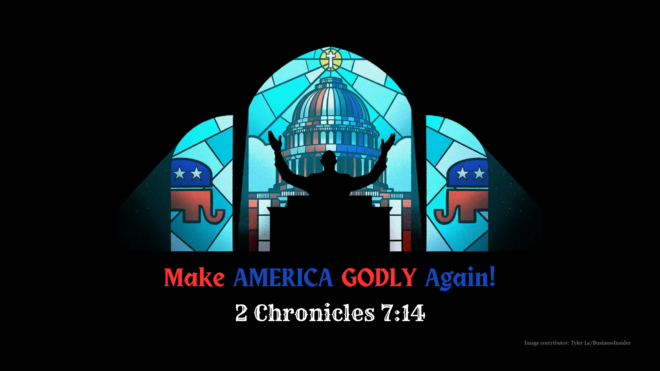I have been enjoying Kevin Starr’s volume in his cultural history series, Golden Dreams: California in an Age of Abundance, 1950-1963. It is a period of which I have some living memory, and I have heard of, or met, in my childhood a number of the characters in this book. But I’m afraid he doesn’t understand the difference between the mythical Midwestern small town and the real one. He writes of Disneyland, “Opening in 1955 in Anaheim, Disneyland perfectly expressed this sustaining mythology of small town life and identity . . . . At the entrance to Disneyland was Main Street USA; that mythologized small town fixed forever in the American imagination . . . ” (Kindle, loc 423 of 15070) And shortly afterwards he adds
Americans believed, moreover – so [Constance] Perin reports – that home ownership provided the middle class a means of deliberately separating itself from people who were racially or ethnically different, disruptive for one reason or another, or merely lower down the social ladder. Life in the big cities, by contrast, was based on elaborate and complex rituals of avoidance through which the middle and upper classes avoided threatening elements. Middle-class Americans preferred to live among their own kind of people; people, that is, who looked like they looked, earned what they earned, had been raised the same way they had been raised, and generally shared the same philosophy of life. Homeownership . . . . ensured such a willful segregation. Families voluntarily came to these places to be with their own kind.
Home ownership, Perin argues, was also believed to protect sexual stability and propriety. In the mid-nineteenth century, housing historian Gwendolyn Wright tells us, New Yorkers were scandalized that newly constructed Paris-style apartment buildings allowed unrelated men and women to live along the same corridor. Into the twentieth century, urban apartment buildings continued to sustain hints of that larger promiscuity that was an ongoing component of urban life. (Kindle, loc 456 of 15070.)
The fact is, these ‘suburban’ values of wanting to live among people who “looked like they looked, earned what they earned, had been raised the same way they had been raised,” were never the values of Midwestern small towns; whether Perry, Iowa, where my organization has done research, or Walt Disney’s actual home town, Marceline, Missouri; and I’m not sure that even in small towns in the South that segregation was implemented in quite the same way. Small towns were settled often by overseas immigrants of great diversity; sometimes they contained colonies of blacks or Latinos as well; and since the ethnic quarters might be two blocks long at best, one could not hide in them. And, the real small town did contain a full range of incomes and classes. There may have been moral disapproval of some behaviors like cohabitation, but a few people cohabited nevertheless; and the tolerance of aesthetic diversity was and is far greater than in, to use an extreme example, Irvine. In the small town, and also on the farm, ‘property value’ was what you made of the property you had, and not so much a matter of controlling your neighbors and your environment.
Bill Bishop has written of the ‘big sort’ in his The Big Sort: Why the Clustering of Like-Minded is Tearing Us Apart. Starr and Perrin make clear that Big Sorting is not a new phenomenon. But the new Big Sort emphasizes different things; it cares a lot less about race and ethnicity, it still, I’m afraid, cares about income [I’ve talked in this blog about “incomism” as the new racism], but it adds cultural and political values, for the middle and upper middle classes are now deeply divided on cultural and political values in a way they were not in the mid 20th century. Charles Murray in Coming Apart has written about this too. This ‘Sort’ seems to me to be voluntary; how it could be expressed in Conditions, Covenants, and Restrictions, such as most new subdivisions in the West have, I do not know.



